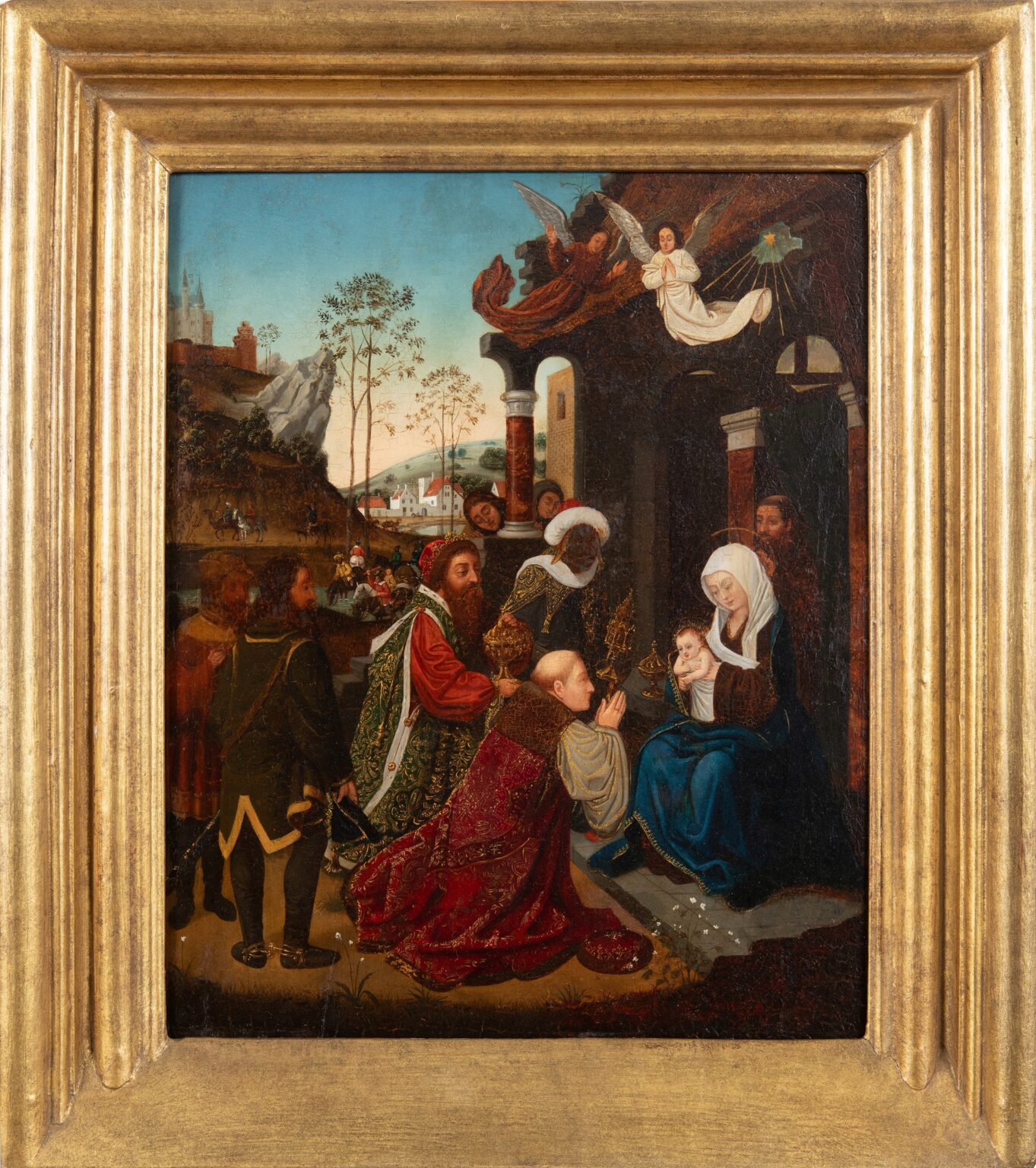Home » The Beeldenstorm: A Moment of Chaos That Shaped Art History.
The Beeldenstorm: A Moment of Chaos That Shaped Art History.
In the mid-16th century, the Low Countries erupted in a wave of iconoclasm that forever altered the cultural and artistic landscape. Known as the Beeldenstorm – literally, “assault on images ”, this period of destruction was driven by a potent mix of religious fervour, political unrest, and societal change. While it devastated countless works of art, it also shaped the trajectory of European art in profound and unexpected ways.
What was the Beeldenstorm?
It began in 1566 and marked a dramatic surge of iconoclastic violence across Flanders, the Netherlands, and parts of Germany. Protestant reformers, rejecting the veneration of religious images as idolatrous, targeted churches and chapels, smashing statues, burning altarpieces, and defacing frescoes. The destruction spread like wildfire, spurred on by political grievances against the Catholic Church and the Spanish Habsburg rulers who governed the region.
This was not an isolated incident but a cultural reckoning. Entire artistic traditions tied to Catholicism were swept away, leaving the visual fabric of the region irreparably changed.
The Beeldenstorm was catastrophic for art. Sculptures that adorned church facades were shattered, stained-glass windows obliterated, and monumental altarpieces dismantled or burned. Frescoes and wall paintings were scraped away or whitewashed.
It’s difficult to quantify what was lost, but records and inventories from the period reveal that an immense wealth of religious art was destroyed. Entire artistic lineages vanished, leaving behind only fragments of what had once been a flourishing tradition.
And yet, amidst the destruction, some works were spared. Smaller pieces that could be hidden or smuggled away survived, often in private collections. Today, these surviving pieces carry even greater significance, standing as witnesses to a turbulent period of religious and cultural transformation.
The Impact on Artists and Patrons
For artists of the time, the Beeldenstorm was both a crisis and a turning point. Those who had built their careers around religious commissions were forced to adapt. Many shifted their focus to secular subjects, such as landscapes, portraits, and still lifes, sparking the rise of the Dutch Golden Age of painting.
Patrons, too, found new ways to express their faith and identity. Wealthy Protestant merchants, who rejected overtly religious imagery, turned to works that celebrated the natural world, personal achievement, or moral virtues. This shift not only redefined the types of art being produced but also broadened the audience for art, creating a burgeoning middle-class market for paintings.
While the Beeldenstorm was a moment of destruction, it also set the stage for artistic innovation. The forced shift away from traditional religious themes opened the door to new genres and styles, laying the groundwork for the celebrated works of artists like Rembrandt, Vermeer, and Frans Hals.
At the same time, the losses of the Beeldenstorm give the surviving works from this era an extraordinary resonance. Each statue, altarpiece, or painting that escaped destruction serves as a reminder of what was lost and a testament to the resilience of art.
For modern collectors and enthusiasts, these pieces represent more than aesthetic beauty, they are tangible connections to a past fraught with turmoil and transformation. To own such a work is to hold a piece of history, a fragment of a world that was nearly erased.
These pieces are not just relics; they are survivors. For those fortunate enough to acquire them, they offer an opportunity to preserve a heritage that, in many cases, came perilously close to vanishing.
Whether in a private home or a public space, these works invite reflection, not just on their beauty, but on the stories they tell of resilience, reinvention, and the enduring power of art in the face of destruction. In this way, they continue to inspire, reminding us that even amidst chaos, creativity and human expression find ways to endure.
Our featured painting is the Adoration of the Magi.
After Quinten Massijs (1466 – 1530)
Share this article
Home » The Beeldenstorm: A Moment of Chaos That Shaped Art History.

